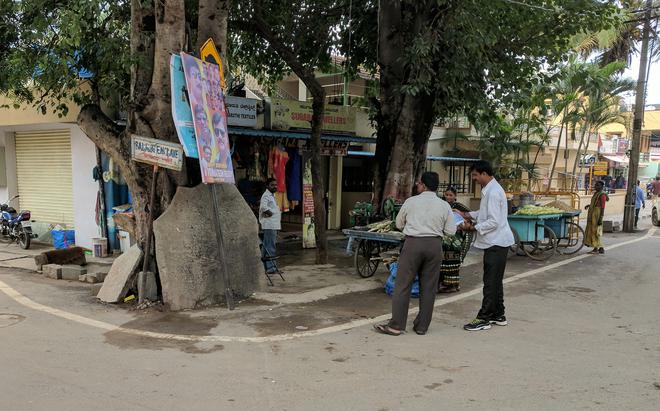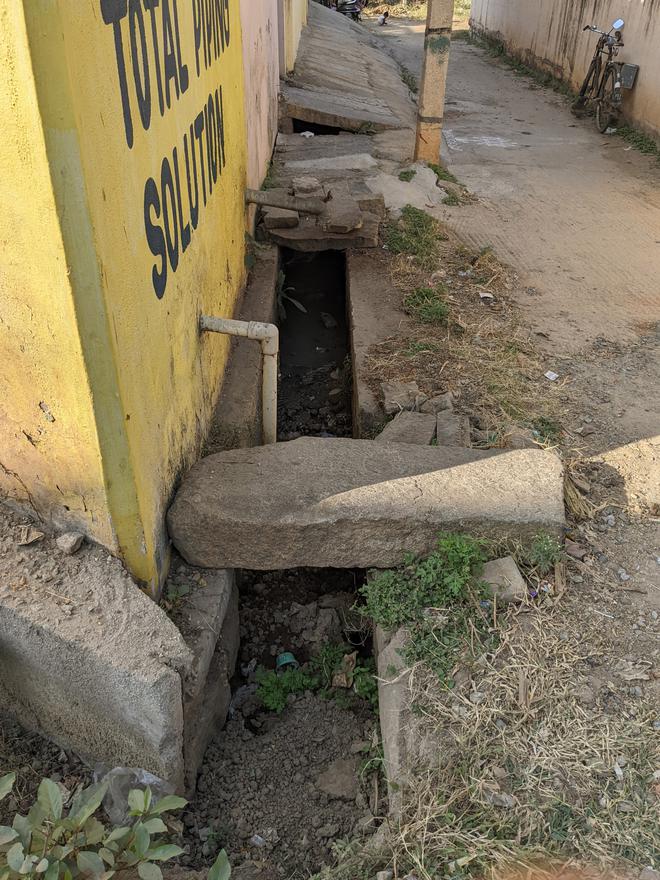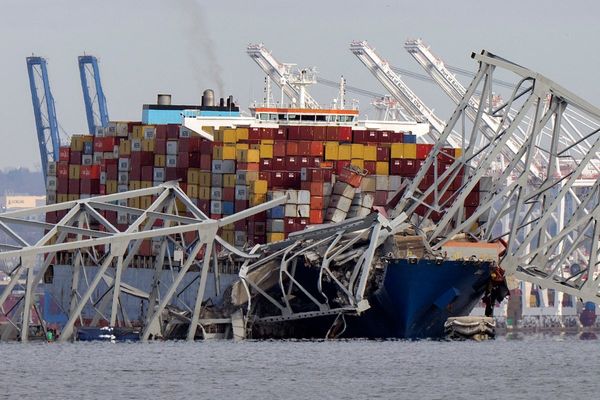The relentless march of urbanisation in Bengaluru, over the last century, has cannibalised many markers of its history. Proof of this is what has been thrown up by an ongoing digitisation project to map ancient inscriptions in Old Bengaluru region. Of the 175 inscriptions recorded in the city by the Epigraphia Carnatica in 1905, only 110 could be identified in locations mentioned in the publication. In the rural parts of Bengaluru district, of about 225 recorded inscriptions, about 60 have fallen victim to the development that the city has seen in the last two decades.
Apathy and ignorance, combined with rapid urban expansion, have contributed to the loss that has come to light during the ongoing 3D digitisation project of inscriptions taken up by The Mythic Society. The project was launched in January 2021 to digitise the inscriptions in Bengaluru, Bengaluru Urban, Bengaluru Rural and Ramanagara districts covering an area of around 8,000 square kilometres where about 1,500 inscriptions have been recorded in Epigraphia Carnatica Volume 9, Mysore Archaeological Reports (MAR) and other journals.

Victims of modernisation
Among those lost in the urbanisation process include two 8 th century C.E. inscriptions in Peenya, four inscriptions dating back to 15 th century C.E. in Yashwanthpura, 13 th century C.E. inscription in Rajajinagar, 15 th century C.E. inscription in Malleswaram, 10 century C.E. inscription in Kengeri, three 13 th century C.E. inscriptions in Lingarajapuram and 12 th century C.E. inscription in Hongasandra. These were among the inscriptions listed in the 1905 Epigraphia Carnatica or the annual Mysore Archaeological Reports (MAR), which now could not be found in the mentioned locations.
While inscriptions on vacant government or private land have been lost due to formation of sites and subsequent developments, stone inscriptions have been lost in road widening too. In Chikkabanavara, where five undocumented inscriptions were found by The Mythic Society team, one was found to be used as a cover for a roadside drain, which has since been shifted to a safer location.

Reckless renovation
In some cases, reckless renovation of ancient temples have led to the loss. For example, during the renovation of Someshwara temple at Kacharakanahalli, modern construction materials were used to replace the stones that had inscriptions dating back to 12 th century C.E. and 13 th cetury C.E. “Four inscriptions were lost in the temple renovation as old stone slabs were removed. Similarly, in the ongoing renovation work in Someshwara temple at Chikkagubbi, old stones containing 13 th century C.E. inscriptions have been replaced,” P. L Udaya Kumar, the Director of the society’s 3D project, told The Hindu.
In Doddanekundi, he pointed out, a stone inscription dating back to 1304 C.E. appears to be waiting to be lost. “The stone is leaning on a tree on the footpath of a busy road. The inscriptions speak of donation to the famous Shivagange temple and mentions the area as Nekundi.”
While the project has completed the digitisation work of all the recorded inscriptions in the City, Mr. Udaya Kumar said that only one third of the overall project of covering 1,500 inscriptions has been completed. “As we move forward we expect to find more unreported inscriptions and also report the loss of reported inscriptions. In rural areas, the loss of reported inscription is about 30%. Of about 225 reported inscriptions that we went in search of, over 60 are lost,” he said.







